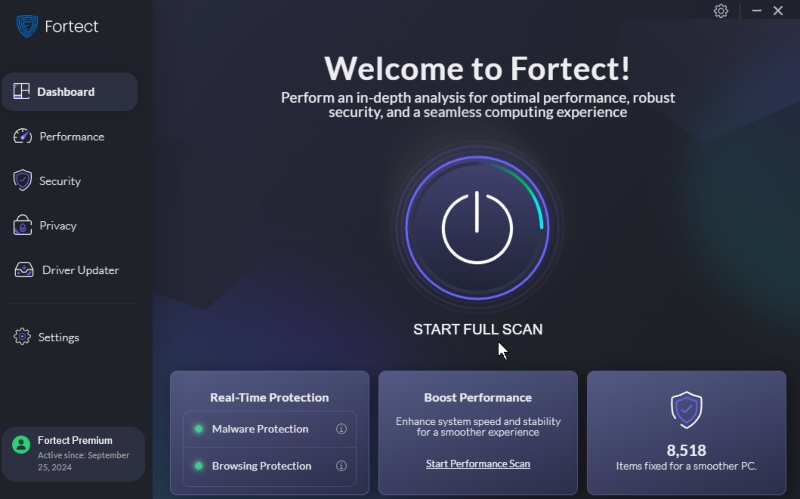How To Prevent Drive-By Download Attacks
Drive-by download attacks are a prevalent method cybercriminals use to install malware on unsuspecting users’ computers. Understanding how these attacks work and implementing preventive measures is crucial for protecting your Windows PC and personal data.
What are Drive-By Download Attacks?
Drive-by download attacks occur when malware is downloaded and installed on your computer without your knowledge or consent. This can happen simply by visiting a compromised website or clicking malicious email links or popup windows.
How Does it Work?
Attackers exploit web browsers, plugins, or operating systems vulnerabilities to inject malicious code into legitimate websites. When you visit these compromised sites, the malicious code automatically downloads and installs malware onto your system. In some cases, the malware may execute without any interaction from the user, making detection and prevention challenging.
Unauthorized drive-by downloads occur in several stages:
- A hacker compromises a web page by injecting malicious code through a security vulnerability.
- You visit the compromised page, and the malicious code exploits security weaknesses on your device.
- The code then downloads malware onto your device, exploiting the exploited security vulnerabilities.
- Once installed, the malware enables the hacker to disrupt, control, or steal data from your device without your knowledge.
Protect your computer from drive-by download attacks with these essential security practices:
Use Admin Account Only for Program Installations
Using administrator accounts solely for installing software helps mitigate the risk of unauthorized installations by malware. Limiting administrative privileges to necessary tasks like software installation reduces the likelihood of malware gaining access to critical system functions.
This practice enhances overall system security by minimizing the potential attack surface available to malicious programs seeking administrative permissions.
Keep Browser and OS Updated
Regularly update your web browser (e.g., Chrome, Firefox) and operating system (e.g., Windows) to patch security vulnerabilities that attackers could exploit.
To Update Chrome
There are three dotted vertical lines in the upper right corner of the Chrome page. Scroll down to Help > About Google Chrome > On this page, you can see if your Chrome is updated and have options to update it.
For Windows 10/11
Start search Bar > Settings > Windows Update > Check if your system is up to date; if not, then you can click on Install Update or View Updates.
Avoid Unnecessary Programs and Apps
Minimize the number of installed programs and apps to reduce the potential attack surface for malware. If a specific program or app is not of significant use, uninstall them.
To uninstall programs and apps:
Search apps on the Start Button Search Bar > List of available programs > three dotted horizontal lines right to each program, right-click on it > Uninstall.
Use Security Software
Given the rise in cyber threats and the prevalence of remote work setups, relying solely on Windows Defender may no longer provide adequate protection. To safeguard against evolving attacks, including drive-by downloads, it’s crucial to implement extensive security software that offers thorough scanning and advanced protection features.
I recommend Fortect PC Solution, which has extensive malware protection and defense. Fortect scans your system for malware and related threats, notifies you, and optimizes your PC performance effectively.

Download and install Fortect now to have peace of mind.
Stay Away from Potentially Malicious Websites
Exercise caution while browsing the internet to avoid potentially malicious websites. Refrain from visiting suspicious or untrusted sites that may host harmful content. A quick tip is to ensure websites use HTTPS instead of HTTP for added security.
Read Security Popups Carefully
Read and understand security warnings and popups on websites carefully. Look for warnings about insecure connections or prompts asking for sensitive information. Avoid clicking suspicious links or buttons that could lead to malware downloads or phishing attempts.
Use an Ad-Blocker
Ad-blocker extensions or plugins are crucial as they can effectively block malicious website ads that often serve as gateways to drive-by download attacks. Ad-blockers enhance your online security by filtering out potentially harmful advertisements and protecting against accidental malware installations.
Implementing these proactive measures will significantly reduce the risk of falling victim to drive-by download attacks and safeguard your Windows PC against malware infections and unauthorized access. Stay vigilant and keep your security software updated to stay ahead of evolving cyber threats.
Types of Malware Obscured in Drive-by Downloads
Trojans: Masquerade is legitimate software that tricks users into installing malicious programs.
Ransomware: Encrypts files or locks users out of their devices until a ransom is paid.
Spyware: Collects sensitive information without the user’s consent.
Adware: Displays unwanted advertisements and may track user activities.
Botnets: Turn infected devices into a network of bots that can be remotely controlled for malicious purposes.




